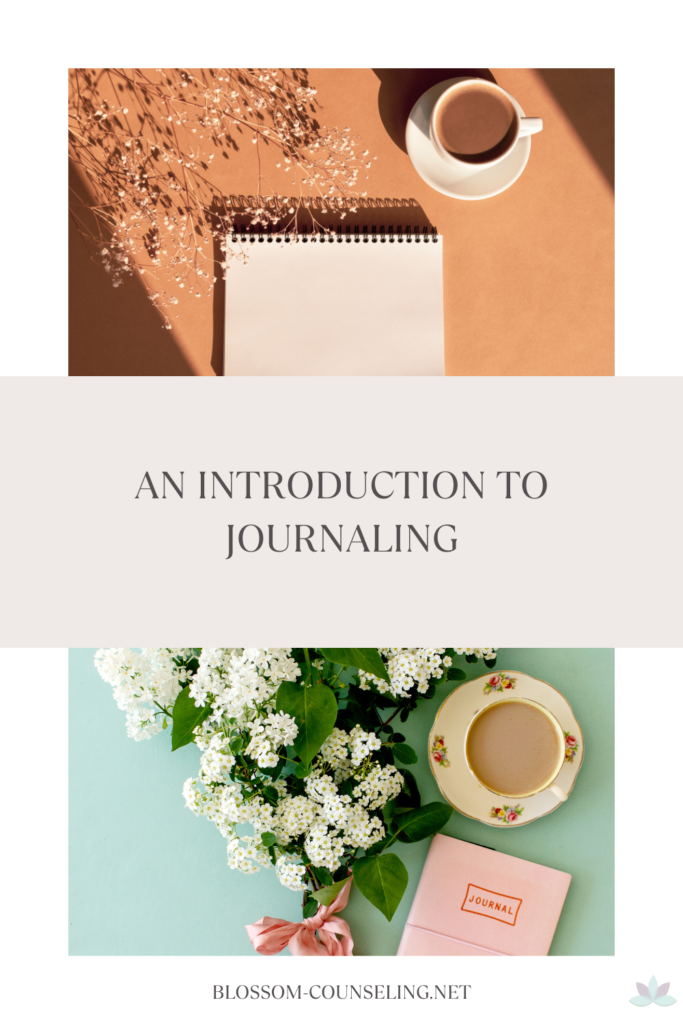
To understand mindful learning in the classroom, we first have to understand what “mindful” means.
Take a moment and think to yourself, “What does mindful mean to me?”
Merriam Webster’s Dictionary defines mindful as “inclined to be aware.” For me, mindful means being in the moment of not only our surroundings and the various stimuli, but how these stimuli affect and present in our physical body. Mindfulness is not easy for everyone and is often a skill that has to be learned and practiced.
With so much external and internal stimuli, it can be a challenge (sometimes often feels impossible, right?) to focus only on THE MOMENT.
If we think back to our classroom days, it might be hard to find a more distracting environment for our brains. There are other kids making various noises that are normal in the learning process, subjects we might not comprehend, various teaching styles, noise in the hallway, distractions when we look out the window, and more.
We ask that our children filter out all of this extra stimulation, sit still, and listen to the teacher. For many kids, this is a task that is not difficult at all. But if we have a child with a busy brain, the extra stimuli can result in brains going “offline,” making learning and any type of mindfulness pretty much impossible.
How can we help our kids be mindful in the classroom? As we have learned, being present (mindful) is necessary for us to be able to retain any information and/or understand the concept being presented to us. An “offline brain” that has shut down due to too much stimuli cannot do this.
With the understanding that all brains are different (though unique and amazing), our classrooms have to provide various styles for various learning styles which enable everyone to have a chance at success. If we develop a plan to assist with mindfulness in the classroom (being present in the classroom), we would like at self-regulation. Self-regulation typically includes movement, hunger/thirst needs, temperature, tired, and various sensory aspects. A child who is self-regulated is able to be mindful. Offering opportunities to do activities that encompass any of the above aspects will help kids be mindful. If kids can be mindful, they can learn. Our kids (and us!) are all capable of greatness. But we must first understand that significance that mindfulness has in the learning process.
Tips & Tricks
Allow movement when a child feels inclined.
Allow drinks (and maybe snacks if appropriate).
Utilize various teaching styles to keep brains engaged!
Provide and/or allow children to utilize appropriate fidget devices.
Set up for success! If we have a child who seems to have trouble focusing, they will do better in the front of the classroom. Give them extra tasks (help pass out papers, run notes to the office, etc) that promote movement.




